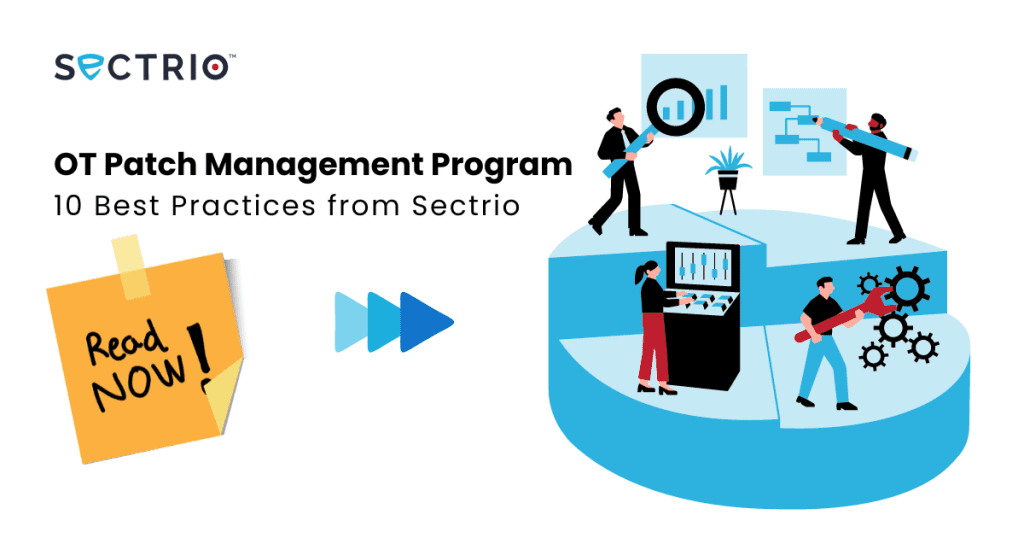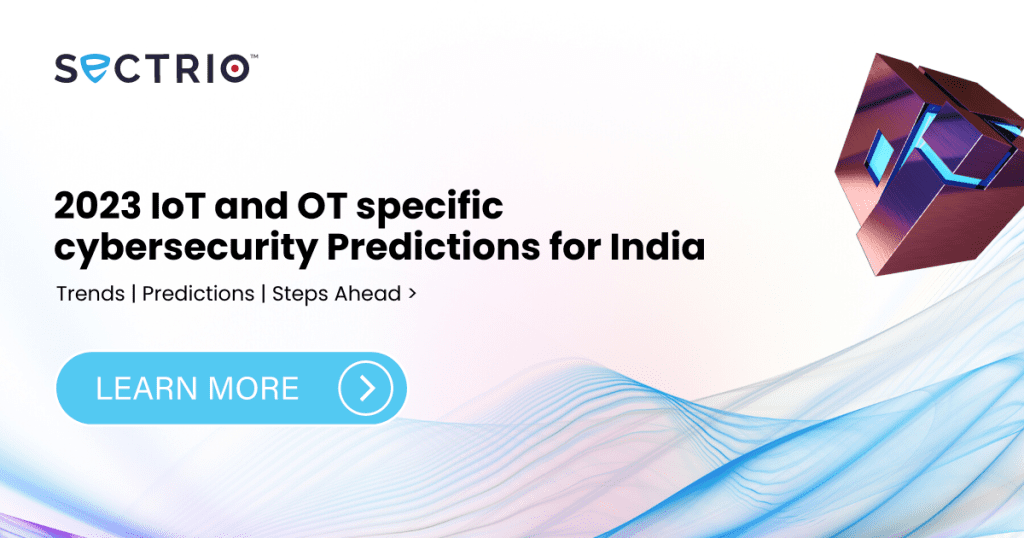Operational Technology (OT) and Industrial Control System (ICS) are the backbones of critical infrastructure that controls and monitor physical processes. They are used in a wide range of industries, including energy, manufacturing, and transportation. OT and ICS systems are increasingly becoming targets of cyberattacks. In 2020, the Colonial Pipeline was shut down for six days after a ransomware attack. The attack caused fuel shortages and economic disruption across the Eastern United States. The increasing connectivity of these systems has opened doors to new cybersecurity threats, making incident response a crucial aspect of safeguarding these systems. This article explores the importance of industrial control system cybersecurity incident response and outlines key steps and best practices to effectively respond to and mitigate such incidents. As per the latest edition of Sectrio’s OT and IoT Threat Landscape Analysis Report, threat actors are specifically targeting OT in industries such as manufacturing, utilities, defense, transportation, and oil, and gas sectors (these are the sectors of interest for the established hacker groups). The rise in attacks on OT can be especially devastating because lives are at stake and more often than not such attacks can cause irreparable damage to key systems. Understanding Industrial Control System Cybersecurity Incidents Industrial control system cybersecurity incidents refer to unauthorized activities that compromise the security and integrity of industrial control systems. These incidents can result in severe consequences, including disruption of essential services, physical damage, environmental hazards, and potential loss of life. Common cyber threats include malware infections, unauthorized access, data breaches, and ransomware attacks. Origin of ICS threats These threats can come from a variety of sources, including: An incident response plan is a critical tool for protecting OT and ICS systems from cyberattacks. The plan should identify potential threats, define roles and responsibilities, and outline steps to take in the event of an attack. It is essential to have such a plan in place to ensure that your organization is ready for any eventuality in the event of an attack. Key Steps in Industrial Control System Cybersecurity Incident Response Preparedness Establishing an incident response plan is critical to minimize the impact of cyber incidents. This plan should include defined roles and responsibilities, communication protocols, and coordination with external stakeholders such as law enforcement agencies and regulatory bodies. Detection and Analysis Timely detection and analysis of cyber incidents are crucial. Deploying robust monitoring systems, intrusion detection systems, and security information and event management (SIEM) tools can help identify potential threats. Once an incident is detected, it should be promptly analyzed to assess its severity and impact. Containment and Mitigation Isolating the affected systems and networks from the rest of the infrastructure is essential to prevent further damage. Employing incident response playbooks and predefined procedures enables a swift and effective response. Additionally, implementing temporary measures like system patches, network segmentation, and access control can help mitigate the immediate risk. Investigation and Recovery After containing the incident, a thorough investigation should be conducted to determine the root cause, assess the extent of the breach, and gather evidence for potential legal actions. Once the investigation is complete, recovery efforts should be initiated, including system restoration, data recovery, and reinforcing security measures to prevent future incidents. Continuous Improvement Regularly reviewing incident response plans, conducting post-incident analyses, and implementing lessons learned are crucial for continuous improvement. Organizations should stay updated with emerging threats, industry best practices, and compliance requirements to enhance their incident response capabilities. Best Practices in Industrial Control System Cybersecurity Incident Response Employee Training and Awareness Educating employees about cybersecurity risks, safe practices, and incident reporting procedures is essential to create a security-conscious culture. Regular training sessions and simulated exercises can help improve preparedness and response effectiveness. Secure Architecture and Access Controls Implementing defense-in-depth strategies, strong authentication mechanisms, and strict access controls can minimize the attack surface and limit unauthorized access to critical systems. Patch Management and Vulnerability Assessment Regularly applying security patches and conducting vulnerability assessments are essential to address system weaknesses and mitigate potential exploits. Incident Sharing and Collaboration Establishing information-sharing networks and participating in industry forums, such as the Industrial Control Systems Cyber Emergency Response Team (ICS-CERT), fosters collaboration and enables proactive threat intelligence sharing. Backup and Disaster Recovery Maintaining regular backups of critical data and testing disaster recovery plans ensure that systems can be restored swiftly in the event of an incident. Additional considerations In addition to the key elements outlined above, there are a few additional considerations that should be considered when developing an incident response plan for OT and ICS systems. These include: Communication It is important to have a communication plan in place so that employees know who to contact and what to do in the event of an attack. This plan should include contact information for the incident response team, as well as instructions on how to report suspicious activity. Documentation It is important to keep detailed documentation of OT and ICS systems. This documentation can be used to help investigate and respond to incidents. It can also be used to help recover from incidents. Training Employees should be trained specifically on operating OT and ICS systems safely and securely. They should also be trained on the organization’s incident response plan. Read more: How to get started with OT security Updates The incident response plan should be updated regularly to reflect changes to OT and ICS systems, as well as changes to the threat landscape. By taking these additional considerations into account, organizations can develop an incident response plan that is effective and comprehensive. Vigilance-driven proactive intervention Industrial Control System cybersecurity incidents pose significant risks to critical infrastructure. Implementing robust incident response strategies, involving preparedness, detection, containment, investigation, and continuous improvement, is essential to safeguarding these systems. By following best practices, such as employee training, secure architecture, patch management, incident sharing, and backup solutions, organizations can enhance their ability to respond effectively to cybersecurity incidents and mitigate potential damage. Additionally, collaboration with industry peers, government agencies, and cybersecurity experts is crucial in staying informed










